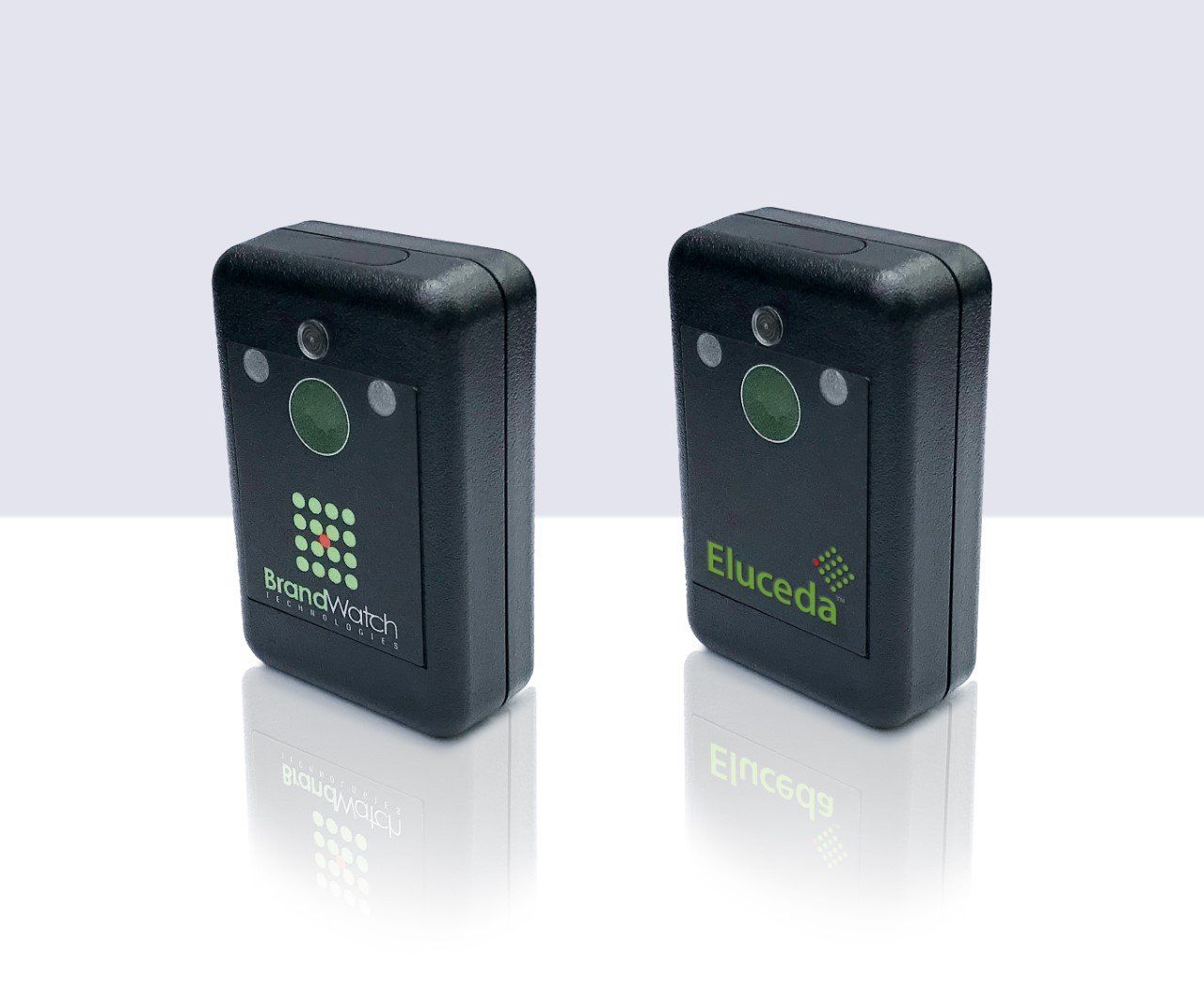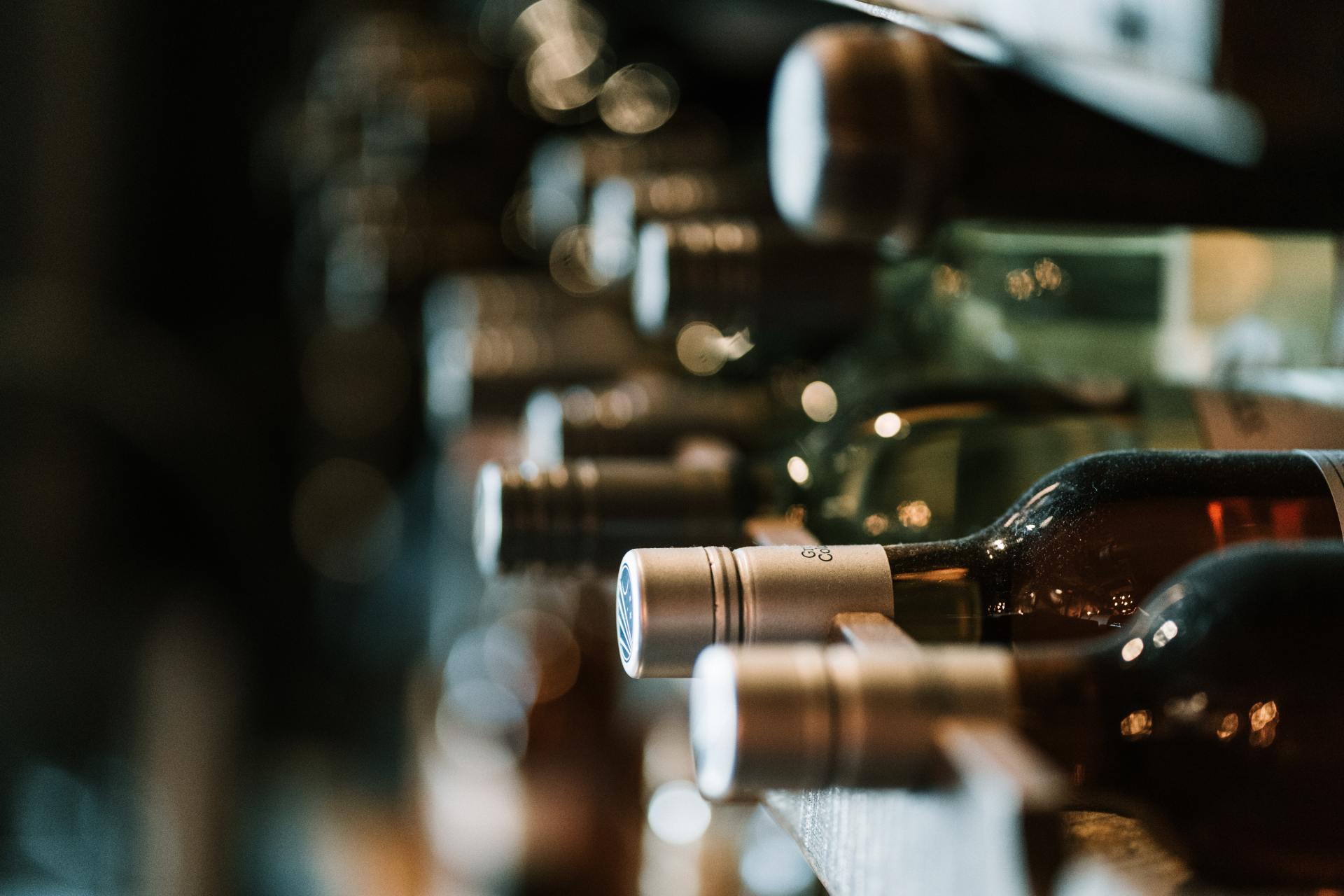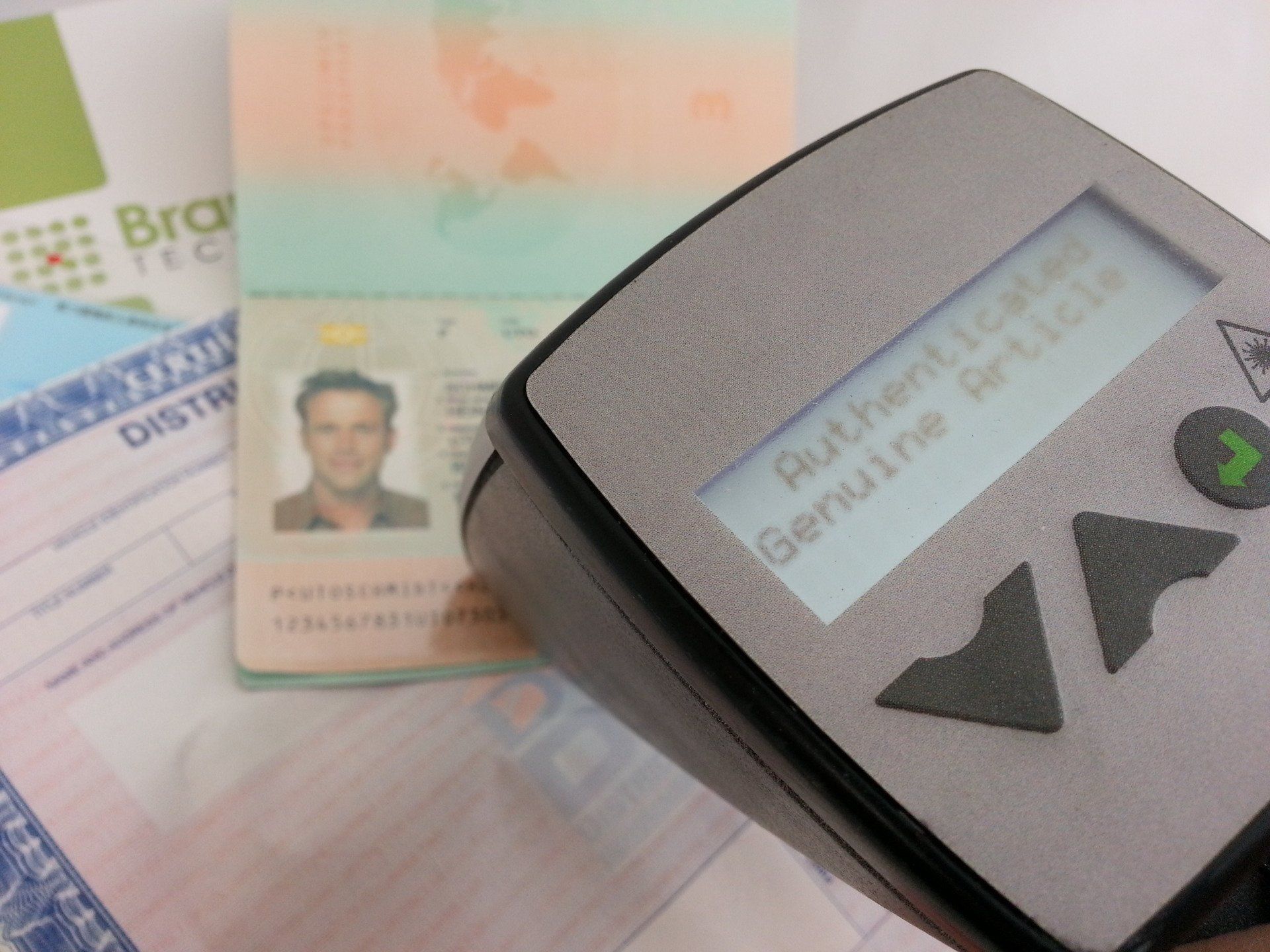In Search of Counterfeiting's Silver Bullet
By Barbara Jorgensen, EBN Community Editor • April 11, 2020
“There’s no silver bullet for counterfeiting,” says Phil Huff, CEO of Brandwatch Technologies, a provider of brand security and product authentication solutions. The electronics industry knows this all too well.
While leading companies in the industry are enacting their own anti-counterfeiting measures—such as attaching identification numbers or ID tags to track their components and products—the supply chain as a whole relies on the practice of buying and selling directly from suppliers or through authorized distributors to discourage bogus products from entering the channel. There is no industry-wide technology or standard that addresses the needs of all the products and services throughout the electronics supply chain.
The need for a security standard or an automated identification system has been raised from time to time within the electronics supply chain. In addition to the logistics of identifying and tagging the millions of components that pass through the channel every day, the issue of an equipment-based solution poses a problem. If the supply chain adopts an authentication system, there’s nothing at this time that prevents unauthorized suppliers or distributors from using that same system. The development and adoption of a proprietary system could be too costly for small and midsize companies in the supply chain.
Organizations such as NASPO – the North American Security Products Organization — are working to develop national and international fraud countermeasures and control standards. NASPO would also certify compliance with those standards in the areas of finance transactions, identity management and material goods.
Brandwatch — which is active in NASPO—uses proprietary technology and best practices to secure its customers’ products and supply chain. Brandwatch manufactures microtaggants—invisible particles that have specific properties that are recognized by scanners and machinery used in the field—to identify and authenticate products. The taggants can be embedded into paper, substrates, polymers and inks. Brandwatch’s solution focuses on securing supply chains, reducing liability, detecting counterfeits, implementing track and trace, identifying grey market diversion and verifying product recycle chains.
The company’s technology originated in military research.
In addition to the technology, the company recommends a multi-layered approach to anti-counterfeiting. It begins with an assessment of a company’s practices; addresses a specific problem identified by the organization; and then incorporates the taggants into the manufacturing process of the product. “In many cases there is an IT aspect as well; there is a lot of information surrounding the identification of products and the tracking of products through the supply chain, so the IT piece compiles and analyzes the data,” says Huff. “This is data is crucial to the final part of the solution, which is assistance in enforcement. We provide the evidence and information to substantiate a claim.”
Huff says Brandwatch customers don’t necessarily require their supply chain partners to adopt the technology, but better practices and procedures help in the overall security of the supply chain. “Any organization that provides brand security incorporates a chain of custody (COC) policy that mandates both upstream and downstream views in terms of governance [with the COC policy],” says Huff. “By practicing our recommendations, customers and their partners adhere to this chain of custody. This has a ‘viral’ effect both upstream and downstream in terms of improving the overall security of the supply chain.”
Huff says the best anti-counterfeiting systems incorporate a defensive mechanism—a proactive approach to security—as well as a tracking and tracing aspect. “Companies will come to us and realize there is a specific problem, and we will address each unique situation. But we also recommend defensive measures in addition to tracking and tracing their products. When companies incorporate a defense, they are no longer the low-hanging fruit. Companies with this strategy as less likely to have their products diverted,” he says.
“The thing we have learned there is no single perfect solution; there is no silver bullet—the companies that are most successful in combating gray market diversion and counterfeiting are those that incorporate a defense mechanism vs. piecemeal approach,” says Huff.
Should the electronics supply chain develop a standard anti-counterfeiting system? If so, should it incorporate hardware as well as best practices?
Originally Posted - November 24, 2010
Want to know more? We’re here to help!
Want to know more? We’re here to help!
We want to know your needs exactly so that we can provide the perfect solution. Let us know what you want and we’ll do our best to help.
Share

Leading covert solutions provider BrandWatch Technologies will rebrand as Eluceda in January 2021, marking an important step in the evolution of the Eluceda Group’s market positioning by providing a single name for its global detection technology business. The rebranding of BrandWatch follows Eluceda’s acquisition of the manufacturer of security materials and detections equipment in 2019.Under its new name, manufacturing of BrandWatch’s product range will continue to be produced from its base in the US. In addition, the business will offer a wider range of solutions, including Eluceda’s patented E-Sens™ Biological Detection System. Commenting on the change, Neil Ivey former CEO of BrandWatch Technologies and now President of Eluceda said: “This is a truly exciting time for our business. Moving forward under one identity as Eluceda provides clarity to clients and the industries we serve along with access to a wider range of in-product authentication and verification technologies, supported by knowledge and expertise from across our wider business.” Matthew Harte, CEO of Eluceda added: “We have already seen significant synergies since the acquisition of BrandWatch Technologies this year. By coming together under the Eluceda brand we deliver a simplified message to all our global customers and are better placed to provide the portable protection technologies that will help make the world a safer place.”

The market of Chinese wines is huge as the country is in a growth spurt where drinking wine is a testimony to a position up there on the upper pedestal. Given below is the descending order at which wine lovers in China rate their preference: First in line comes the Chinese red wine; which is preferred by most Chinese, thanks to their love for tea which has strong tannins. This is followed by French wine, Bordeaux, and finally, Chateau like labels. (In 2010, a case of Chateau Lafite 2009 was sold for 43,000 pounds in Hong Kong; a figure three times bigger than that of an identical London-sold bottle.) According to the statistics from International Wine and Spirit Research, in 2009, the market for Chinese wines had been to the size of 93 million nine litre cases which was expected to breach 100 million mark in 2010. No wonder, market for imported wine is growing in a blitzkrieg pace, to the tune of 46% Compound Annual Growth Rate in the last ten years and 72% in the past five years, according to Beveragedaily.com. And this market forms a 10% fraction total wine market in China. Reports suggest that China may even overtake Australia in wine production in a period of three years taking it from tenth to sixth place by 2014. This warrants a rise of 77% in output. In 2009, Chinese output stood at 72 million cases, which is equal to 960,000 tons, a staggering 28% Y-O-Y growth. If the momentum is maintained, the country’s wine output would reach 128million cases in 2014, seven million cases high on Australia’s projected output for the same year. Some of the world’s most famous vineries want to exploit this opportunity: Torres, typical Spanish winery is already having stakes in two vineyards in China. And, Shangdong region is evolving as a hot spot in China’s wine map. But high-cost vintage wines are also riding a wave of scams as new wine is filled in old vintage bottles and sold for hefty sums to relatively uneducated (in wine), over-night millionaires. An empty wine bottle is sold for 300 pounds in China with Lafite and Maotai wine bottles clocking huge demand. 2,900 yuan (£282) for an empty bottle of Lafite Rothschild is not a bad bet after all! To counter this, ‘originals’ are doing everything in their command with holograms and seals and what not! In fact, it has opened up new business vistas for security firms in packaging and brand protection: BrandWatch Technologies, a Portland-based concern and France-based, Prooftag, recently informed of a partnership intended to come up with a set of advanced protection tools for the wine and spirits industry based out of Western countries. They offer overt security measures like microtext, packaging design features; covert defence measures like holograms, copy prevention, OVDs, intaglio inkcoding, and encrypted bar codes and even forensic technologies like DNA applications. However, industry players still maintain that fakes can sometimes fool people and make them empty their wallets. Source: http://www.commodityonline.com/news/New-wine-in-old-bottle-Chinese-wine-scam-36518-3-1.html
